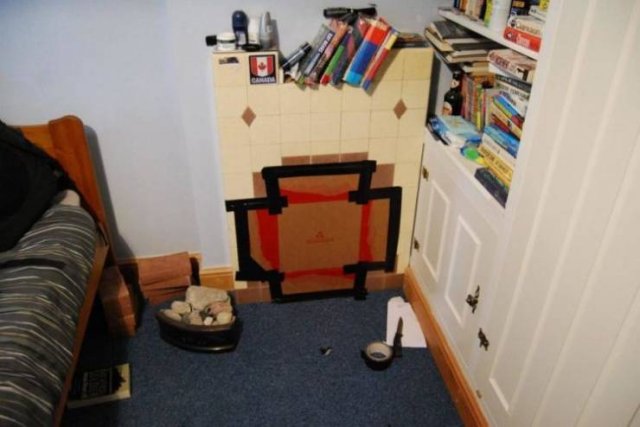Car Cooling Fan Not Working Properly: Troubleshooting the Issues

The cooling fan plays a crucial role in regulating the temperature of your car's engine, by ensuring that it remains at a safe operating temperature. Any issues with the cooling fan can lead to catastrophic consequences, such as the engine overheating, which can cause expensive damage to the engine. In this article, we will discuss the troubleshooting steps that you can take if your car's cooling fan is not working properly.
Symptoms of a Faulty Cooling Fan
Before we dive into the troubleshooting steps, it is essential to identify the symptoms of a faulty cooling fan. Here are a few signs that indicate that your car's cooling fan is not working correctly:
1. The engine overheats even when the car is idle.
2. The temperature gauge reads higher than usual.
3. The cooling fan does not turn on even when the engine is hot.
4. You hear strange noises coming from the fan, such as rattling or grinding.
Troubleshooting Steps
If you notice any of the signs mentioned above, it is time to start troubleshooting your car's cooling fan. Here are the steps that you can follow to diagnose and fix the issue:
Step 1: Check the Fuses and Relays
The first step is to check the fuses and relays that control the cooling fan. To do this, locate the fuse box in your car and inspect the cooling fan fuse, which is usually labeled as "RAD FAN." If the fuse is blown, replace it with a new one of the same rating. If the fuses are intact, check the relays that are responsible for controlling the fan. You can use a multimeter to test the relays' continuity and replace them if necessary.
Step 2: Inspect the Wiring
If the fuses and relays are functioning correctly, inspect the wiring that connects the cooling fan to the car's electrical system. Look for any signs of damage, such as frayed wires, corroded terminals, or loose connections. Repair or replace any damaged wires or connectors to ensure that the fan receives the correct amount of power.
Step 3: Test the Fan Motor
If the fuses, relays, and wiring are all in proper condition, then the issue could be with the fan motor itself. You can use a voltmeter to test for any voltage coming from the car's electrical system to the fan motor. If there is no voltage, the motor may need to be replaced.
Step 4: Clean or Replace the Fan
If the fan motor is working fine, but the fan itself is not turning, it may be due to dirt or debris clogging the fan blades. Clean the fan blades with a soft-bristled brush and soapy water. If the fan is still not working correctly, it may need to be replaced entirely.
Maintenance Tips
To avoid any cooling fan issues, you must perform regular maintenance on your car's cooling system. Here are a few maintenance tips:
1. Check the coolant levels regularly.
2. Replace the coolant every two years.
3. Inspect the fan belt for any signs of wear and tear.
4. Clean the radiator regularly.
5. Replace the thermostat if it is not functioning correctly.
Conclusion
A faulty cooling fan can cause significant damage to your car's engine. Therefore, it is essential to identify the symptoms of a faulty fan and take immediate action. Follow the troubleshooting steps mentioned above and perform regular maintenance to ensure that your car's cooling system works correctly. If you are unable to diagnose the issue on your own, it is best to get your car inspected by a professional mechanic.